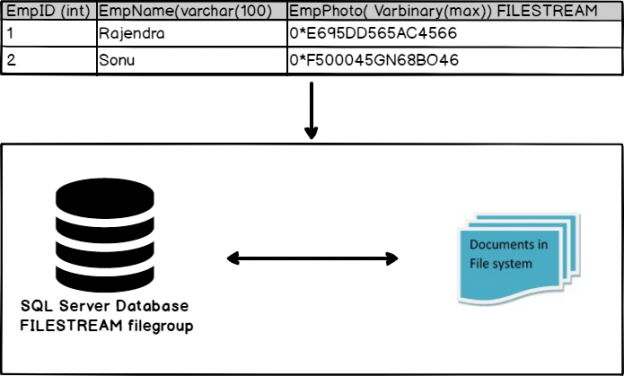
FILESTREAM in SQL Server
January 11, 2019This article will discuss SQL Server FILESTREAM including installation, configuration, enabling and general considerations.

This article will discuss SQL Server FILESTREAM including installation, configuration, enabling and general considerations.
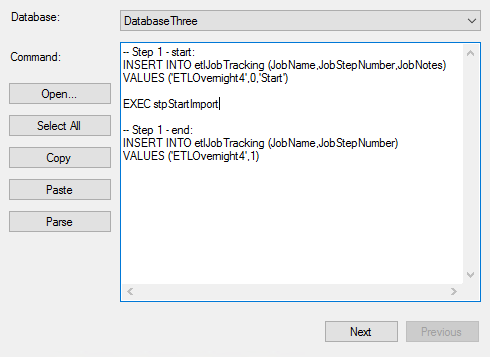
We’re facing a challenge with several of our data flows that use more time than they have in the past and we’re not sure when this trend started. We know in the past month, our reports have been delayed by over a day from the start to the finish. For some of our data flows […]
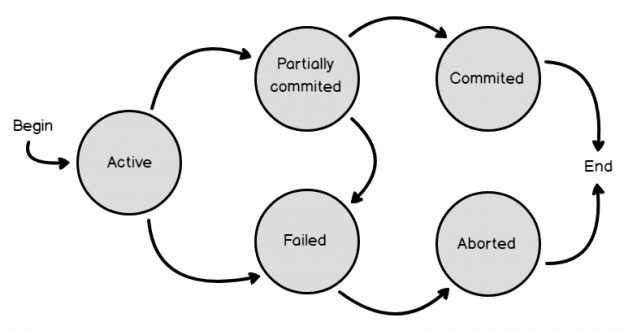
In general, a Transaction is a single unit of work consists of multiple related tasks that should succeed or fail as one atomic unit. To make the concept of the transaction more familiar and why it should go all or none, imagine one of the most critical transaction examples in our daily life, which is […]
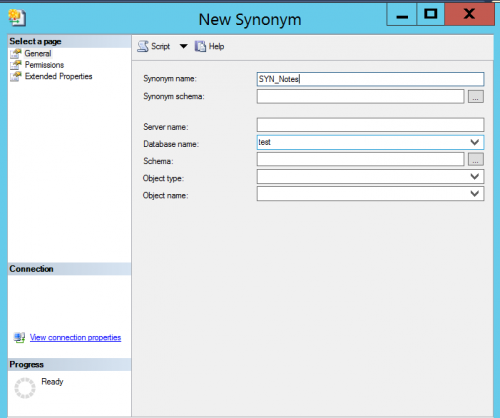
Problem In our environment, we use different DB servers and these servers are linked via Linked servers for cross server transactions. We use these linked servers in our stored procedures. The server names are different in different environments and we had to change the server names manually when we promote the stored procedures to other […]
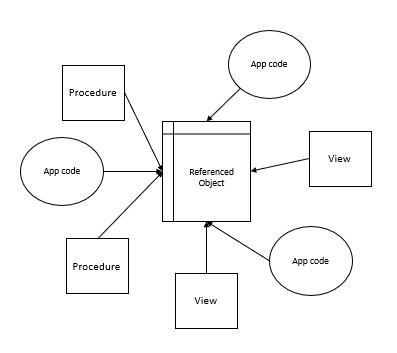
In this article, we are going to talk about discovering and archiving SQL references to invalid procedures.
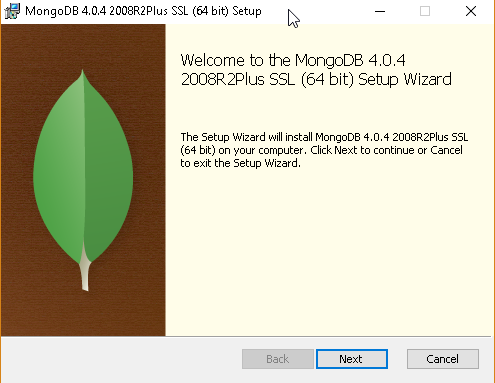
In this 5th part of the ongoing series of SQL Server 2019 Enhanced PolyBase, we will learn how to install and configure MongoDB and create an external table.
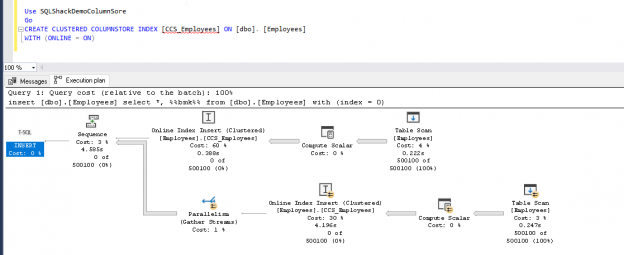
In this article, we will explore ‘ Clustered columnstore online index build and rebuild’ feature of SQL Server 2019 including comparing execution plans, offline builds and more
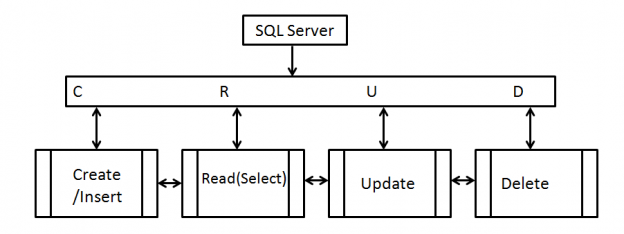
CRUD operations are foundation operations every database developer and administrator needs to understand. Let’s take a look at how they work with this guide.
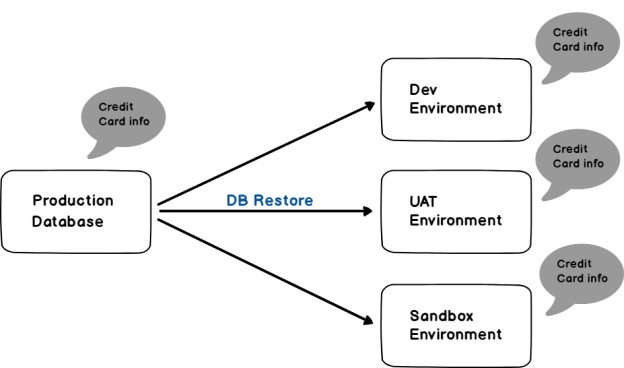
In this article we are going to talk about Static Data Masking, a new feature for the SQL Databases in SSMS. Static Data Masking feature previously was available only for the Azure SQL DB.
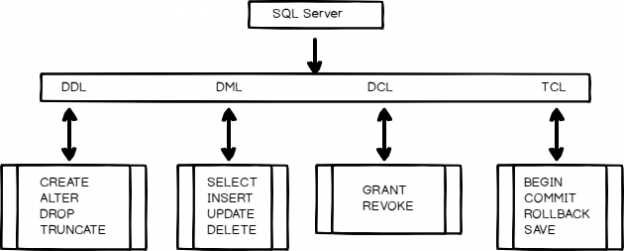
What is SQL, in the context of SQL Server, is a common question asked by beginners. This article is meant to answer that question, while providing some history, context and an overview of the fundamentals of the language
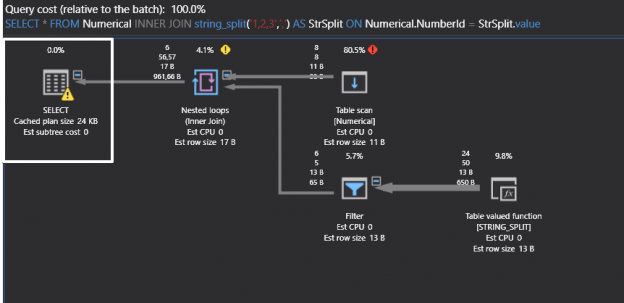
This article will cover the STRING_SPLIT function in SQL Server including an overview and detailed usage examples.
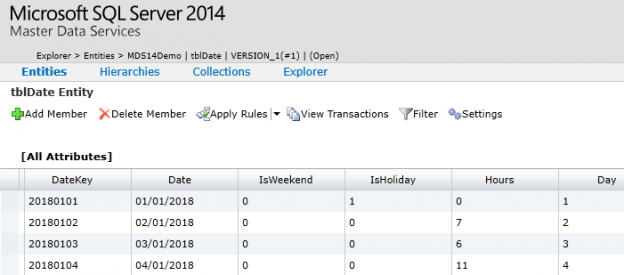
One calculation that you are almost guaranteed to have to produce in your career as a T-SQL developer relates to the calculation of a turnaround time. This is often a key KPI for measuring the performance of both individuals and teams, particularly when the business operates within a service-oriented sector i.e. customer support, transportation, healthcare […]
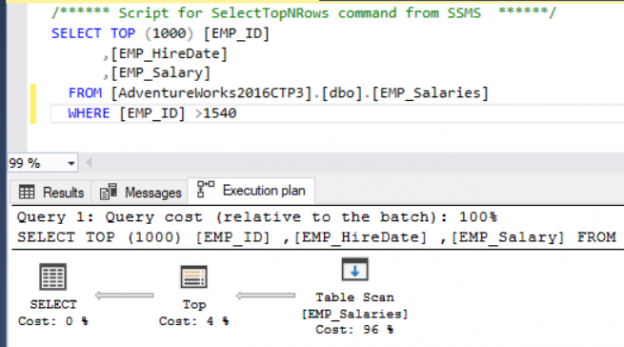
In the previous articles of this series (see the index at bottom), we discussed the characteristics of the SQL Execution Plan from multiple aspects, that include the way the SQL Execution Plan is generated by the SQL Server Query Optimizer internally, what are the different types of plans, how to identify and analyze the different […]
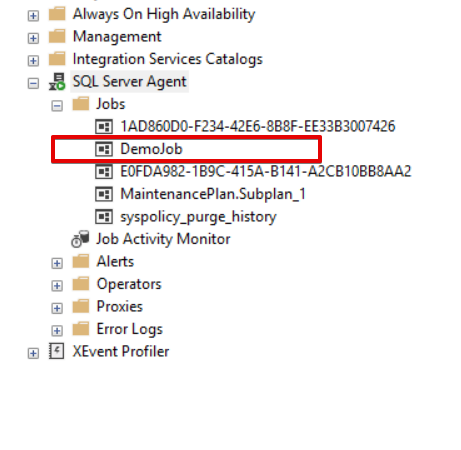
SQL Server Agent is a Microsoft Windows service which helps to execute, schedule and automatize T-SQL queries, Integration Service Package, SQL Server Analysis Service queries, executable programs, operating system, and PowerShell commands. These actions which are performed by SQL Server can be called by the SQL Server Agent. Maybe, we can liken SQL Server Agent […]
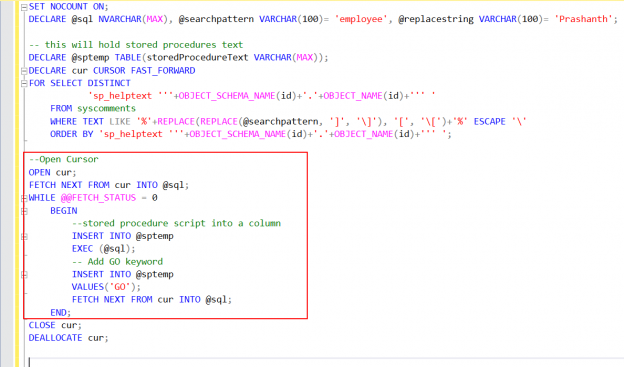
In this article, I’ll show you how to find and replace data within strings. I will demonstrate how to use the function SQL REPLACE, where you look for a substring within a string, and then replace it.
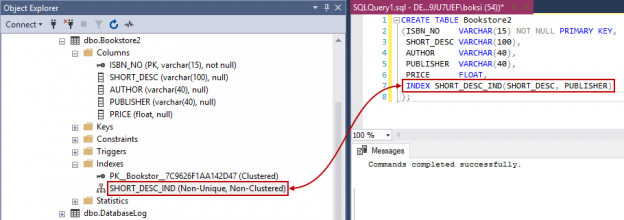
A SQL index is used to retrieve data from a database very fast. Indexing a table or view is, without a doubt, one of the best ways to improve the performance of queries and applications. A SQL index is a quick lookup table for finding records users need to search frequently. An index is small, […]
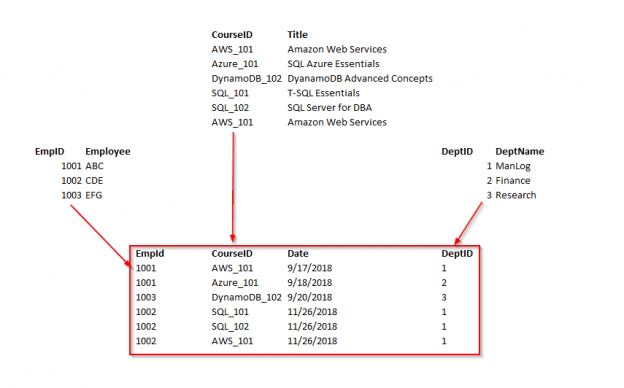
In addition to specifically addressing database normalization in SQL Server, this article will also address the following questions:
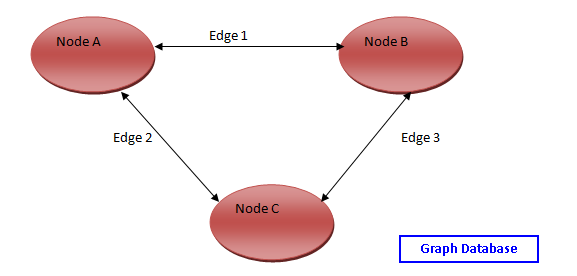
SQL Server 2017 introduced Graph database features where we can represent the complex relationship or hierarchical data. We can explore the following articles to get familiar with the concept of the Graph database.
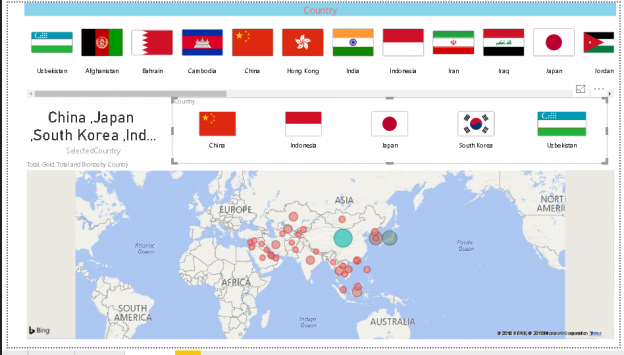
Power BI has a rich set of visuals to represent data according to our requirements. These custom visuals make it easy for us to highlight data effectively to understand and share the data in reports. We have learned many customized visuals so far in ongoing series of Power BI Desktop.
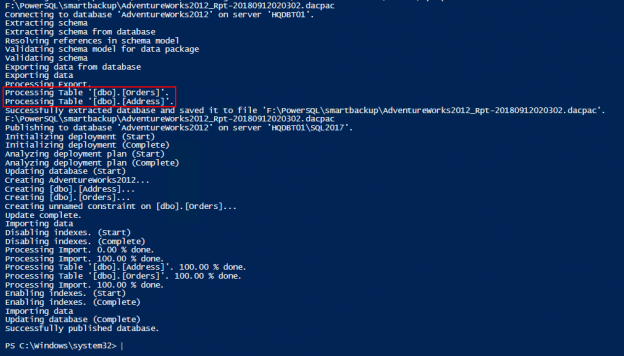
In this article, you’ll learn the key skills that you need to copy tables between SQL Server instances including both on-premises and cloud SQL databases. In this article, I’ll walk-through several ways of copying a table(s) between SQL databases, helping you to see the benefits and trade-offs of each option.
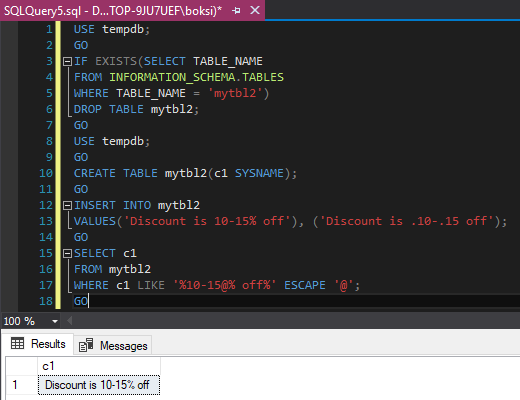
The SQL Like is a logical operator that is used to determine whether a specific character string matches a specified pattern. It is commonly used in a Where clause to search for a specified pattern in a column.
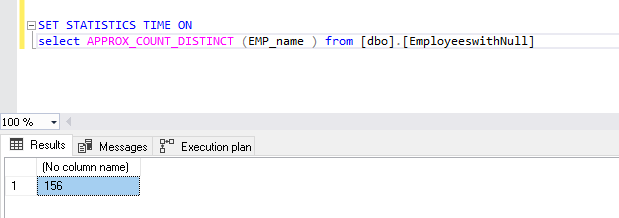
SQL Server 2019 has a rich set of enhancements and new features. In particular, there are many new feature improvements in the database engine for better performance and query tuning.
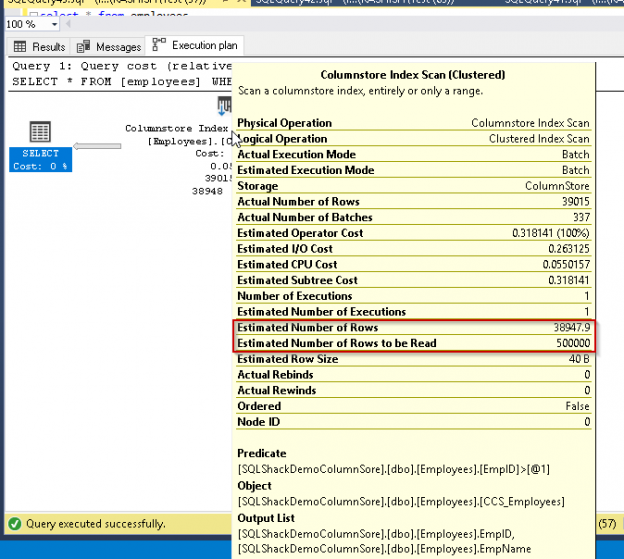
SQL Server was launched in 1993 on WinNT and it completed its 25-year anniversary recently. SQL Server has come a long way since its first release. At the same time, Microsoft announced a preview version of SQL Server 2019. SQL Server 2019 provides the ability to extend its support to big data, Apache Spark, Hadoop […]
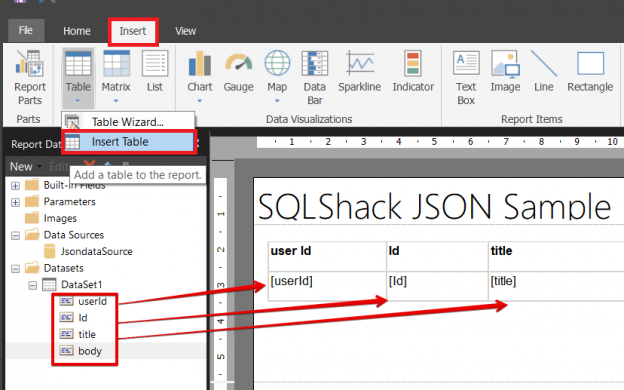
In this article, we will explore the concept of using JSON data in SQL Server Reporting Services (SSRS). This usage concept will include a different approach than the usual methodologies because we will take advantage of SQL Server R service support. What is JSON? JSON is an abbreviation for JavaScriptObjectNotation. The main purpose of JSON […]
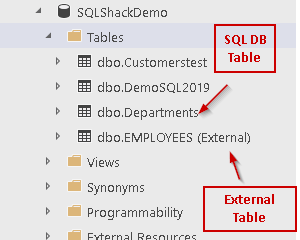
In this article on PolyBase, we will explore more use case scenarios for external tables using T-SQL.
© Quest Software Inc. ALL RIGHTS RESERVED. | GDPR | Terms of Use | Privacy